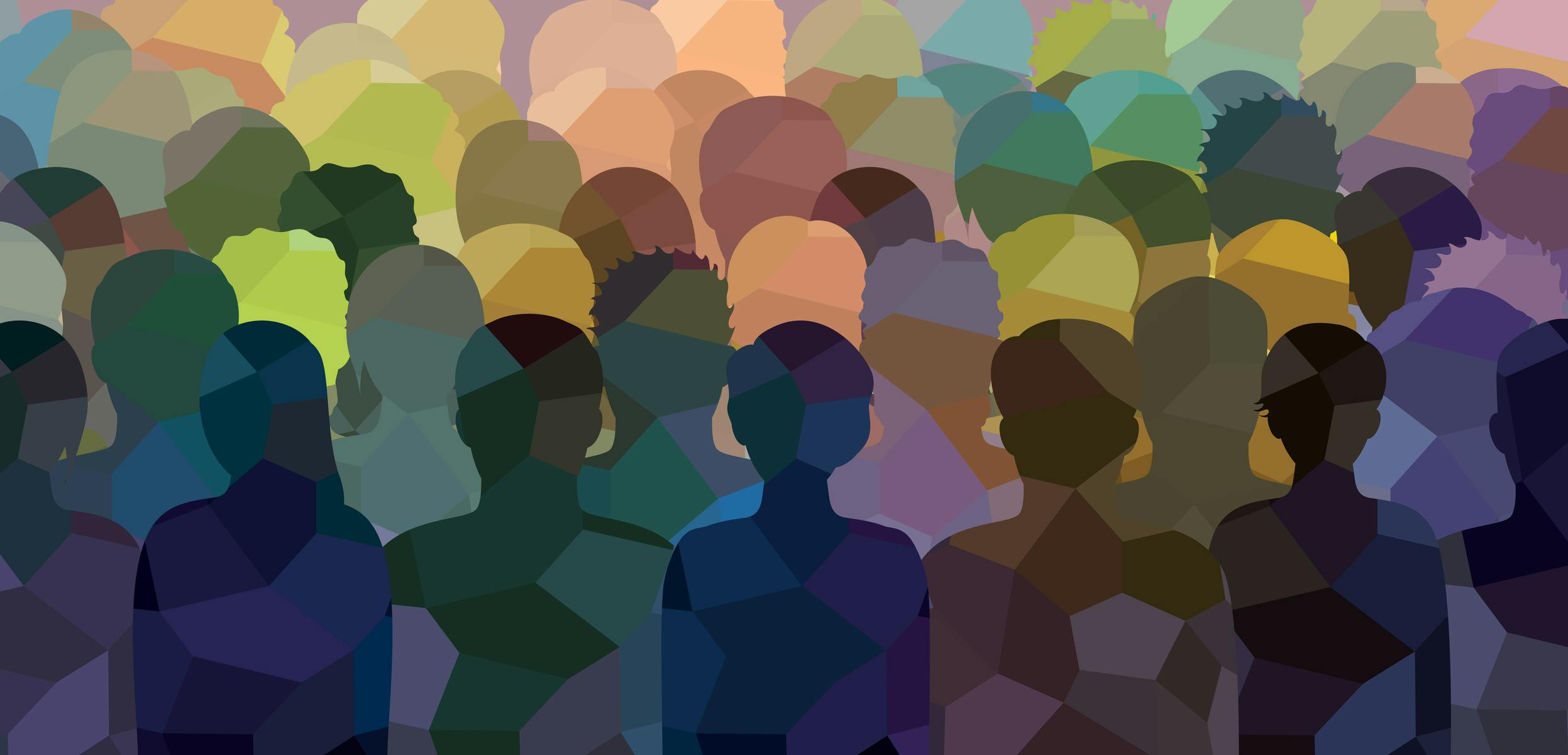By: Sanah Ali, Senior Account Executive
Every year during South Asian heritage month, I think about being a British Pakistani and how I navigate my identity through my daily life. My life is a cross of two very different communities and while this duality can create internal conflict, I’ve learnt I can use it to drive more inclusive experiences at Inizio Evoke—to make health more human™.
The goal with marketing is often to have as wide a reach and coverage as possible, which means certain groups (people from communities of colour, people with disabilities, and the LGBTQ+ community) are less likely to resonate with the messaging and ultimately have poorer health outcomes. In fact, only 44% of patients feel pharmaceutical companies meet their needs, which shows a one size fits all approach doesn’t work .
What is multicultural marketing?
It’s a marketing technique that embraces differences to foster engagement, relatability, and authenticity. Although inclusivity is part of it, multicultural marketing is very different from inclusive marketing. The latter focuses on representing all cultures, whereas the former targets distinct audiences and relies on cultural nuances to drive message segmentation.
It made me think about using my understanding of Pakistani culture to explain specific nuances within the community that are barriers to health equity, how we, as healthcare marketers, can try to combat them, and make culturally competent materials. Below are some key areas where I think we can make the biggest difference but it’s certainly not an exhaustive list!
Stigma. One area of health that comes to mind which is heavily associated with stigma are genetic diseases. Within Pakistani communities, a lot of importance is placed on family, reputation, and extension of lineage through marriage. Many parents worry about the discrimination their child may face. This means people are hesitant to openly share information out of fear of social exclusion and isolation. It can also mean some living with genetic diseases hesitate to visit their doctor, leading to delayed diagnosis and treatment, ultimately affecting their quality of life. Using key leaders in the community to address and educate the wider population could create an environment of awareness and empathy.
Language. 4 in 10 people from a Pakistani background in England don’t speak English as their first language and Pakistani women are 5 times more likely than men to not speak English at all. This linguistic divide excludes a large portion of the community from accessing vital health information. To bridge the language gap and ensure our messages reach all segments of the population, we should translate our materials into various languages and address issues in a culturally sensitive manner. To create mindful messaging, we must understand the intricacies of language for particular cultures, test our materials with patients, key community leaders and healthcare professionals within these communities.
Religious beliefs. Religious values play a central role in the lives of many British Pakistanis and can influence their perceptions of healthcare. To navigate this complex landscape, it is important our materials respect religious beliefs and are culturally sensitive. Collaborating with religious leaders and scholars can help ensure messages align with core values and are perceived as credible by the community. By framing health information in a way that is understanding of religious teachings and values, we can help bridge the gap between modern healthcare and traditional beliefs. For example, Diabetes UK have created a web page in collaboration with the Muslim Council of Britain’s Diabetes Advisory Group for those who want to fast during Ramadan. The website includes educational materials available in English, Urdu, Bengali and Arabic. The variety of information available creates a one-stop shop that includes culturally sensitive information with relevant speakers who resonate with the Pakistani community.
So where do we go from here?
Culture influences how people interpret and experience the world, even a small anecdote can provoke a different thought process and consideration when it comes to pharmaceutical advertising. Multicultural marketing is a conscious investment that we should all be making—to think beyond briefs so we can create impactful work by listening to and learning from the diverse networks that surround us.
As allies, we’re responsible for amplifying unheard and unseen experiences—our differences can be celebrated, used to drive change, and build trust for underserved communities.
References:
2. https://www.diabetes.org.uk/guide-to-diabetes/managing-your-diabetes/ramadan
3. https://www.bcg.com/publications/2020/what-patients-want-is-pharma-delivering
